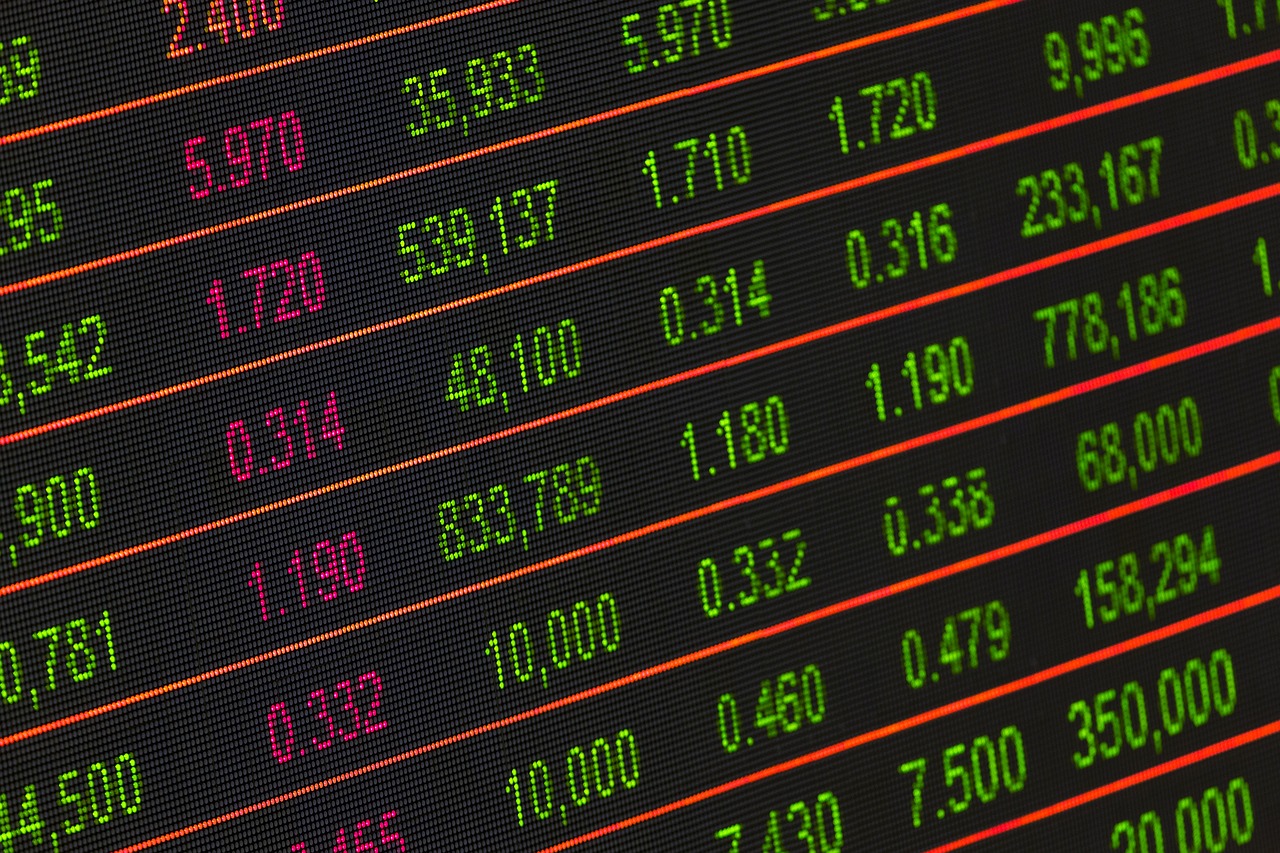Objectives:
To evaluate the possible public health and economy outcomes of different levels of social distancing to control a ‘second wave’ outbreak in Australia and to identify implications for public health management of COVID-19.
Method:
A suite of epidemiological models was developed that builds on a stochastic individual-based or agent-based model (IBM), which follows infected individuals through multiple stages and alternative fates as the disease progresses.
Newly infected cases in the model are immediately assigned to either an asymptomatic category (with probability PA) or a symptomatic category with probability (1-PA). Those in the symptomatic category do not develop symptoms until TS days post-infection. Both asymptomatic and symptomatic categories become infectious after TI days with time to symptoms given by TS (TI < TS). The proportion who develop severe symptoms requiring hospital admission is PH and this occurs after TH days. The proportion (PM) that develop fatal complication and this occurs TD days after infection. All others start to recover with daily probability PR, beginning TR days after infection.
Findings:
Stringent social distancing, (SD = 1.0), results in elimination of community transmission after approximately 50 days (median), and within 80 days for every simulation. By comparison, moderate social distancing (SD = 0.7) takes some 250 days (median) to achieve community elimination and 21% of simulations fail to eliminate community transmission within one year. The scenarios with weaker social distancing (SD of 0.5 and 0.6) result in uncontrolled COVID-19 outbreaks. If suppression (rather than elimination of community transmission) is the goal, such that relaxation of social distancing measures begins at a threshold relating to the weekly average of new daily recorded cases, then lower costs are incurred when social distancing is imposed for a minimum period that is sufficiently long.
Conclusions:
Our results provide robust support for a highly stringent suppression strategy in relation to COVID-19 infections in Australia. We find: one, that better public health outcomes (reduced COVID-19 fatalities) are positively associated with lower economic costs and higher levels of social distancing; two, achieving zero community transmission lowers both public health and economy costs compared to allowing community transmission to continue; and three, early relaxation of social distancing, and in particular in the absence of a minimum social distancing period (minimum 40 days) and with quarantine leakage, increases both public health and economy costs.


